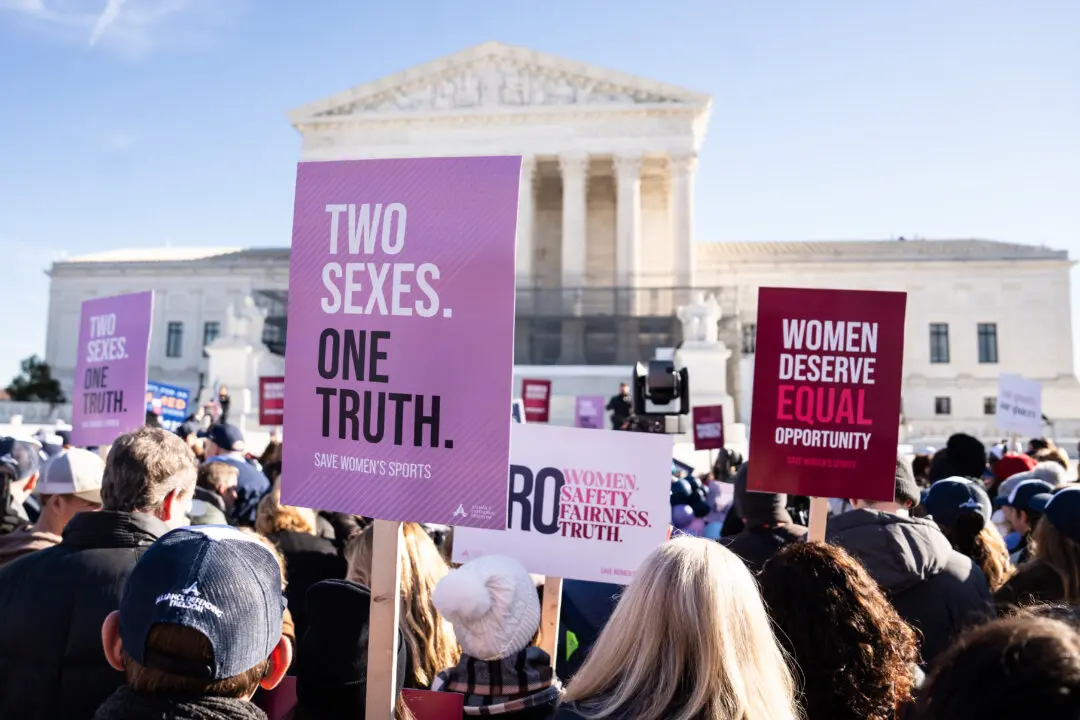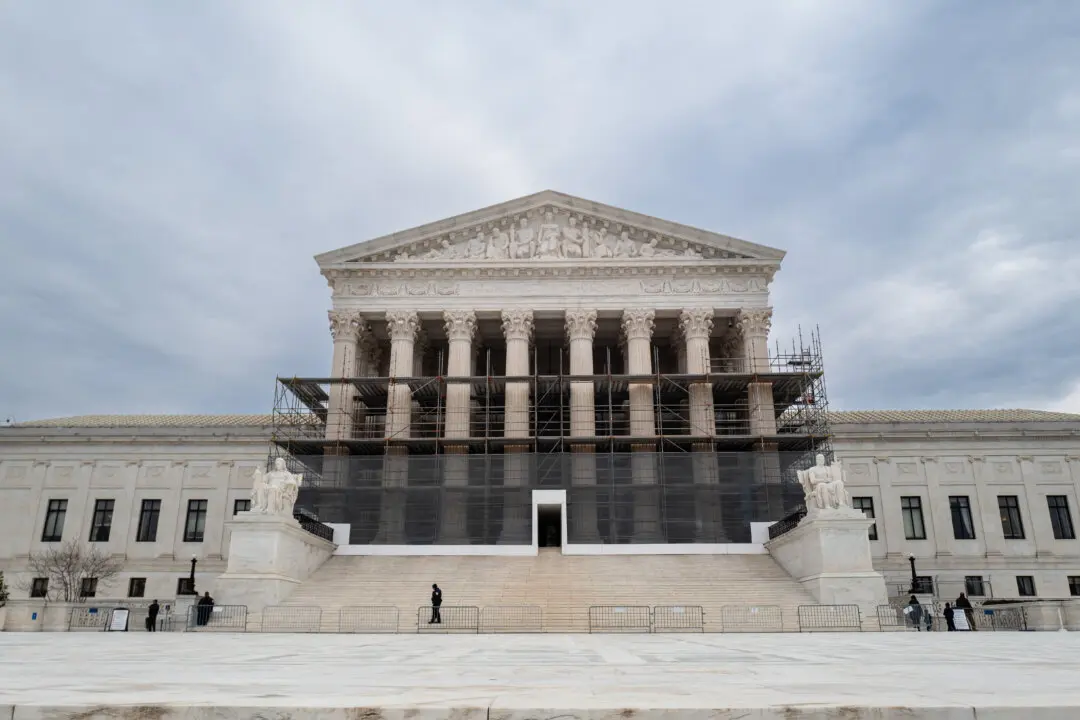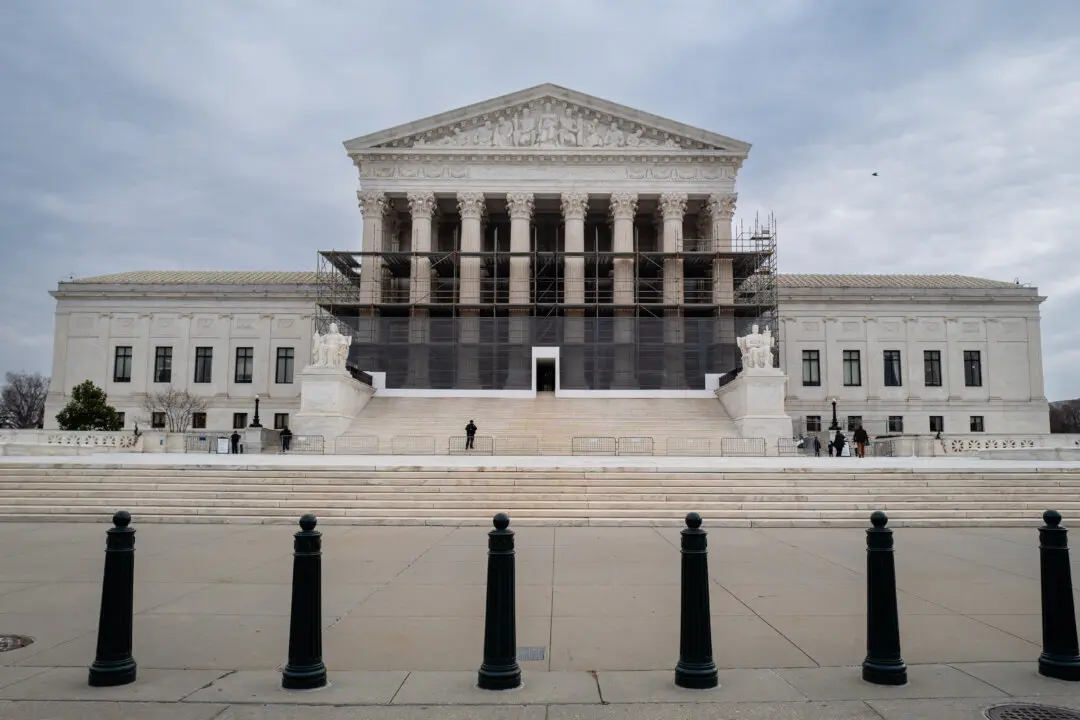President Donald Trump and the GOP have paid significant attention to attracting black and Latino voters, but so far these efforts have not led to new votes, according to exit poll data from elections last month.
Although pre-election numbers showed Trump with a rising approval rating among blacks, the “black wave” of black American voters shunning their traditional preference for the Democratic Party and moving into the Republican column, as predicted by some pundits and GOP strategists, failed to materialize.





